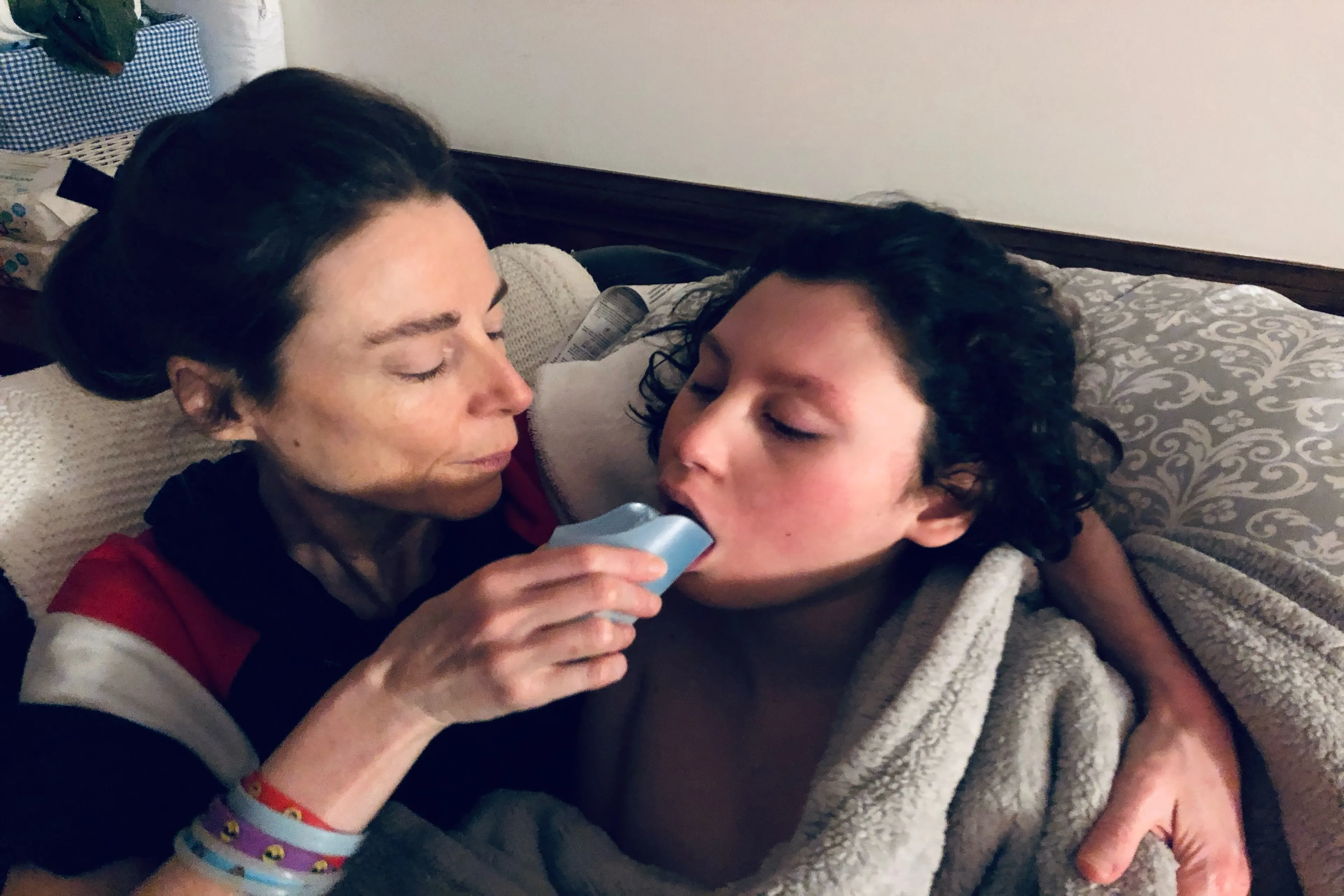
In particular, after private equity acquisition, patients are more likely to die in the emergency department, largely due to decreases in overall staffing and salary expenditures.
“There are a host of strategies that contribute to the ability of PE firms to generate returns for investors in the short term,” said Zirui Song, senior author on the study and an associate professor of health care policy and medicine at Harvard Medical School. “Some of them are further away from direct patient care, some are quite close. Staffing cuts arguably are one of the closest types of financial strategies that could affect patient outcomes.”
The study, published in the Annals of Internal Medicine on Tuesday, looked at Medicare data from 2009 to 2019 at 49 private equity hospitals, comparing them with 293 hospitals that had not been acquired by PE. After acquisition, private equity hospitals reduced emergency department salary spending by 18.2 percent, and ICU salary spending by 15.9 percent, likely due to a combination of reducing staff and filling roles with less expensive (often meaning less experienced) labor. Notably, these staffing and salary drops were not because there were fewer patients in the hospital.
As staffing decreased, there were an additional seven deaths per 10,000 visits after PE acquisition compared to control hospitals. At hospitals that had not been acquired by a PE firm, deaths in the emergency department declined over time.
Not only did deaths increase, but deaths went up even as private equity acquired hospitals sent more of their sickest patients to other hospitals. Research shows that there was a 4.2 percent increase in transfers out of the emergency department and a 10.6 percent increase in transfers out of the intensive care unit at PE-acquired hospitals compared to comparison institutions. According to the report, patients who were transferred were sicker on average.
However, while mortality in the emergency department worsened, there was no change in mortality for patients in the ICU compared to control hospitals.
But Song noted that PE-owned hospitals were increasingly transferring their sickest patients to other hospitals, meaning the patients who remained in the ICU were healthier on average.
The act of transporting very sick patients to other hospitals also carries its own risks, studies have shown. And Song said the transfers could harm patients in a way that wouldn’t have been captured by the data.
The study looked at overall staffing, but it builds on literature that suggests that nurse staffing in particular is correlated with patient outcomes, particularly in areas where there are the sickest patients — emergency departments and ICUs. Recognizing the importance of staffing in the ICU, Massachusetts even passed a law mandating that a nurse can have no more than two patients at a time.
For the Massachusetts Nurses Association in particular, the results of the Harvard study were not a surprise.
The findings track with the experiences of nurses working at several Steward Health Care hospitals, which, for many years, were owned by private equity firm Cerberus Capital Management.
Even after the PE firm had sold their stake in the company, nurses complained about unsafe levels of staffing. At Good Samaritan Medical Center in Brockton, for example, unsafe staffing reports piled up month after month from at least 2022 through 2023. Often they focused on conditions in the emergency department, where routinely staff scrambled to deliver care for influxes of patients.
“Combative, agitated patient covered in urine and dried stool had pulled IV out and blood (was) all over her from lack of care and nursing attention for 16 hours,” said one nurse report from Jan. 12, 2022, when there were only six nurses to manage 98 patients. “Multiple other unlisted cases of patient neglect due to staffing shortage.”
As part of Steward’s national bankruptcy, the hospital was sold to Boston Medical Center.
Massachusetts Nurses Association president Katie Murphy, said she hopes the study serves as a wake-up call to policymakers, regulators, and the public about what happens when institutions prioritize profits over patients.
“[The study] simply confirms what MNA members have been saying for years under Steward’s leadership as they struggled to secure the staffing levels and resources needed to keep patients safe,“ Murphy said in a statement. “Our nurses carefully documented these conditions in real time and filed numerous complaints with state and federal agencies, often with little or no response.”
Murphy added that unsafe staffing resulting in worse patient care extended to other for-profit providers, which like PE-owned facilities are focused on shareholder value. She specifically called out for-profit system Tenet, where state officials are investigating complaints of understaffing and unsafe patient conditions.
The research stands in contrast to some other studies, including an analysis by several finance professors published this month in the Journal of Financial Economics that found no changes in mortality after private equity acquisition. But Song noted that the Financial Economics study looked at mortality from heart attack, heart failure, and pneumonia, and only in commercially insured patients who were on average between 35-44 years old. This more recent analysis looked at Medicare data, where patients are, on average, older, more disadvantaged, and across a wider spectrum of medical issues.
This recent study builds on a 2023 study by Song and others, which found that private equity acquisition was associated with more infections and patient falls relative to comparison hospitals, as well as more transfers of sicker patients. An additional study by Song and others, published in February, showed that on average, hospitals acquired by PE firms reduced salary expenditures, some far more than others.
According to Song, the analysis offers a more rounded picture of what it means for a hospital to be acquired by a private equity firm. Not only do studies show private equity-owned hospitals increase the prices they charge, but are cutting spending in other ways, too.
“Finally, now we’re completing the picture,” Song said. “When policy makers are examining cost-cutting after PE acquisition, it could be helpful to examine that with some nuance. Some costs that are cut may be beneficial, if it’s trimming inefficiencies. But some costs, especially staffing in staffing sensitive areas, may be harmful.”



